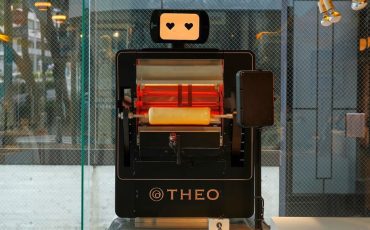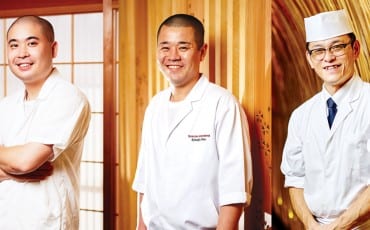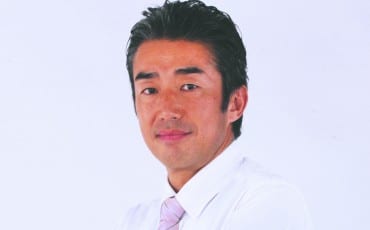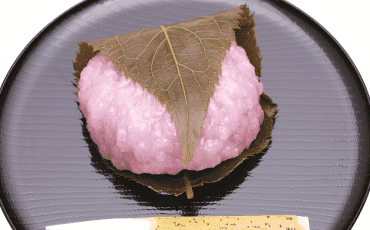Articles
Features
Jun 26, 2017
Hooray for Hamamatsu!
Meet The Producers of Hamamatsu
The food producers of Hamamatsu share more about their trade.
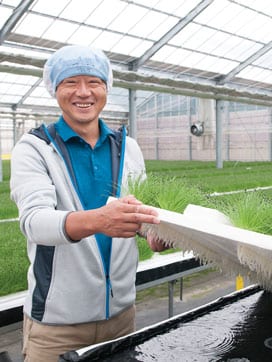 Atsushi Suzuki
Atsushi Suzuki
owner of Kyomaru-en
This company has 400 years of history, and Atsushi Suzuki is the 13th-generation owner. We find out more about his upcoming plans.
What is menegi?
Menegi, also known as young green onion shoots, is often eaten as a type of palate cleanser when eating sushi or sashimi. Because its flavour isn’t as strong as green onions, it’s good to be eaten as a sushi or even with cream-based pastas. People in this region have been eating menegi sushi for about 50 years, but it only started to gain popularity in Tokyo about 20 years ago.
Tell us more about your business.
Besides growing menegi, we also produce mitsuba (a type of Japanese herb), and mini chingen (a type of Japanese leafy vegetable). We distribute to 40 markets in Japan, with 60 percent of our produce going to Tokyo. Our company employs about 80 staff across a variety of ages – our youngest employee is 17, and the oldest is 81. In addition, 24 of our staff members have special needs.
Why did you decide to hire people with special needs?
Our city government has an initiative called “Universal Farming”, which conducts programmes where farming is used as a tool to enable people with special needs to participate in society. There are also workshops to help improve tools and work procedures, so as to make the tasks manageable for everyone and to enhance efficiency and quality. Initially, I had my doubts and hesitations about working with people with special needs. However, after working with them, I realise they’re actually great workers.
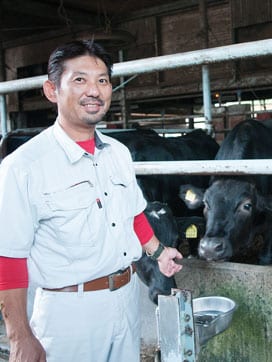 Katsumi Wada
Katsumi Wada
owner of Wadaboku
Wadaboku is a beef producer that specialises in producing mikkabi beef. Mr Wada tells us more about this unique type of beef.
Tell us more about the cattle’s special diet.
This area is famous for cultivating mikan. In fact, my grandfather was a mikan farmer. When my father took over the farm in 1968—the year I was born—he started rearing cows for beef. Over time, we discovered there were benefits in supplementing the cows’ regular feed of corn and barley with ground mikan peels. First, it gives them an added boost of vitamin C. Second, it helps keep the colour of the meat fresh – it doesn’t fade as easily.
Why is Hamamatsu an ideal location to produce mikkabi beef?The climate here is mild and stable, with no drastic changes in temperature. Even in winter, it doesn’t snow. This is good for the cattle, as they won’t be able to survive climates that are too harsh. Plus, Hamamatsu is located midway between Tokyo and Osaka, which is ideal when it comes to distribution.
What are some of the best ways to enjoy mikkabi beef?
Mikkabi beef has a well-balanced flavour – not too greasy or heavy. Previously, the most popular cut was the flank, which is a little fattier than the other parts of the cow. However, because people are more health conscious now, the shank has become more popular. In fact, it’s my wife’s favourite – she likes it roasted. Other ways to enjoy mikkabi beef is in a beef stew, which we sell pre-packaged versions of it (P.23).
>>Read more about Hamamatsu Foods
>>Read more about Hamamatsu Producers





